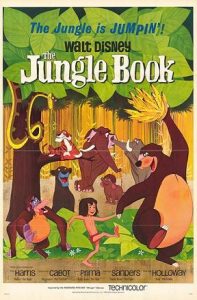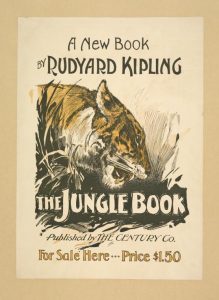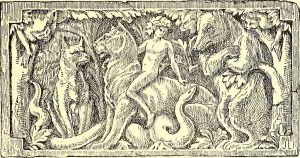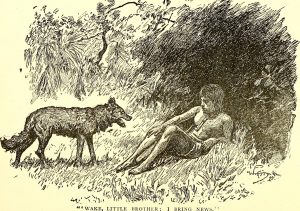Of all his major works, Rudyard Kipling’s ‘The Jungle Book’ is one of the most well known and loved, not just by the young ones but also by the older generations.

The magic of this book grasps its reader and it is almost as if one has been transported to the jungles of India where Mowgli lived with his wild family.
The Jungle Book by Rudyard Kipling: Synopsys
In this book, the little man cub was raised by the wolves and their friends, Bagheera, Baloo and the other creatures of the jungle. The little hero had a villain to fight and being the adorable story that

It really is it was a tiger called Sher Khan who wanted to hunt Mowgli down and taste the human flesh. Rudyard Kipling had the jungles of India in mind while penning this masterpiece.
The Jungle Book Story
Most of the names in this story are actually the common names of the animals in Hindi. It was written essentially for his daughter who had expired.
According to most critiques, these stories were actually fables with an inner metaphorical meaning.

Each story had an underlying preaching regarding the social, political or the existing conditions of the time it was written in. Each chapter, typically ended with a poem, summing up the lesson taught in the story.
The Jungle Book Story
Many of the stories like Rikki-Tikki-Tavi, in the book, have been published separately and are now, in themselves, renowned books for children.

The Jungle Book has been made into several movies, the last of which was a few years back and attracted a large number of people.
The Jungle Book By Rudyard Kipling Summary
Writing too much about Jungle Book is an understatement. This is a book which has to be delved into. It changes meanings to the reader’s age.

One has to savor every bit of it to take in its true sense. But, dear reader, you must remember, the best way to escape into this is by losing yourself to the child hiding within you!
Happy reading!
More Info On- If by Rudyard Kipling, Tommy, Rudyard Kipling Biography